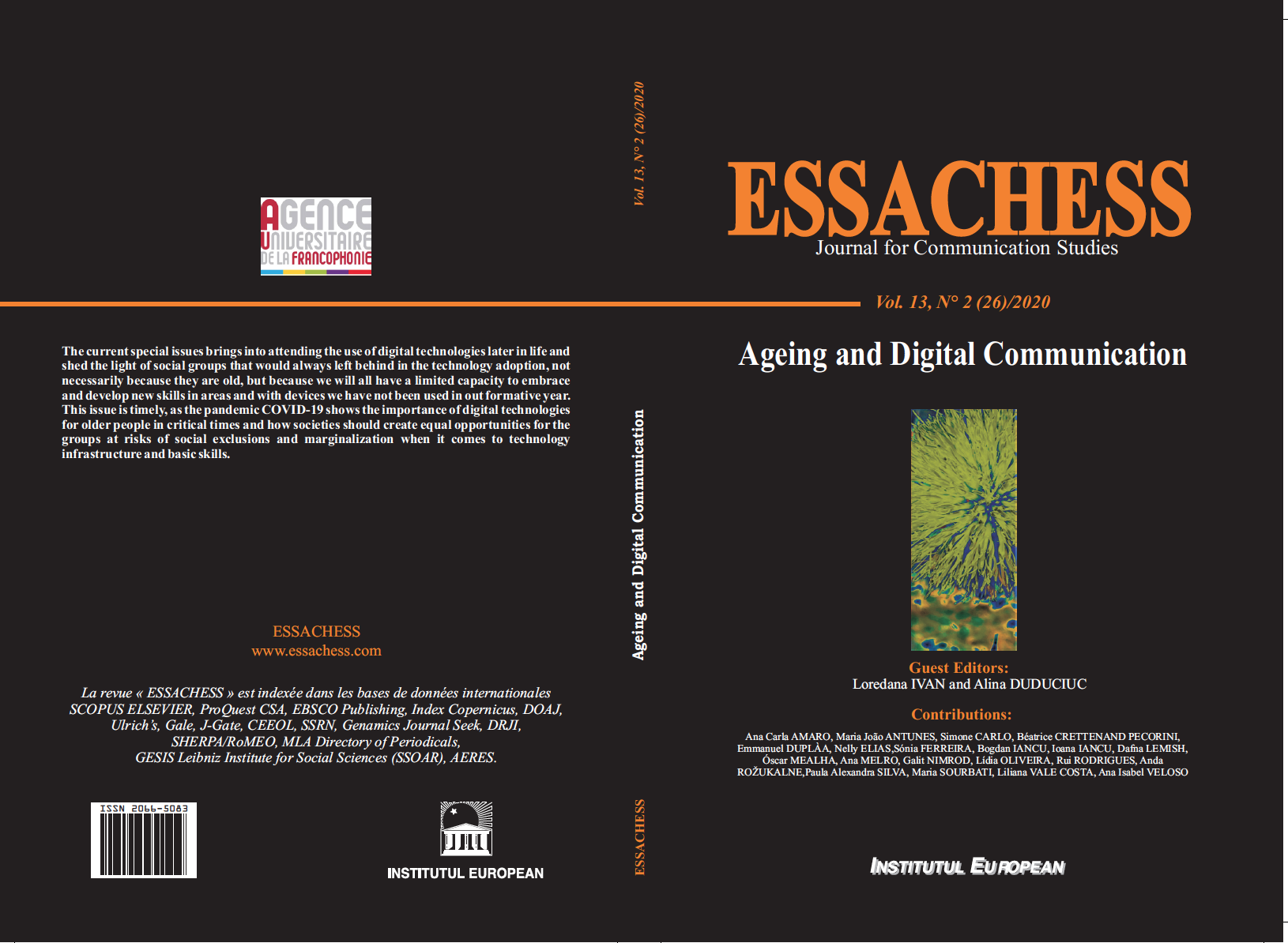Age and Technology in Digital Inclusion Policy: A Study of Italy and the UK
Age and Technology in Digital Inclusion Policy: A Study of Italy and the UK
Author(s): Simone Carlo, Maria SourbatiSubject(s): Social Sciences, Media studies, Supranational / Global Economy, Micro-Economics, Civil Society, Sociology, Government/Political systems, Politics and communication, Comparative politics, Cultural Anthropology / Ethnology, Culture and social structure , Theory of Communication, Adult Education, Higher Education , State/Government and Education, Cognitive Psychology, Developmental Psychology, Clinical psychology, Behaviorism, Social development, Family and social welfare, Gerontology, Sociology of Culture, Economic development, Environmental interactions, EU-Approach / EU-Accession / EU-Development, Social Norms / Social Control, ICT Information and Communications Technologies, Sociology of Politics, Inclusive Education / Inclusion, Socio-Economic Research, Sociology of Education
Published by: ESSACHESS
Keywords: age; active ageing; ICT; digital divide; digital inclusion; older people; public policy
Summary/Abstract: The role of media and communication technologies in increasing the quality of life of the elderly is today a key topic in academic and policy debates. This article discusses findings from a study into the way public policy frames the role of technologies in later life. The aim of our study was to critically investigate the policy discourses on ‘old age’ and on the role of digital ICT in fixing challenges associated with ageing. Our focus was on digital inclusion policies of the UK and Italy, two countries experiencing similar trends in population ageing but different ICT diffusion patterns. We found that an age-based understanding of digital technology use was quite common, as was an enthusiastic embracing of the role of digital ICT in the implementation of Active Ageing and Information Society goals. We also found that the understanding of the role of digital technology and its relationship to (old) age has been changing over the last decade, starting to reflect social complexity as ICT diffusion increases among older age groups.
Journal: ESSACHESS - Journal for Communication Studies
- Issue Year: 13/2020
- Issue No: 26 (2)
- Language: English

